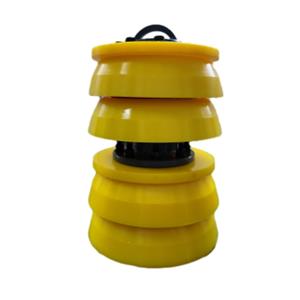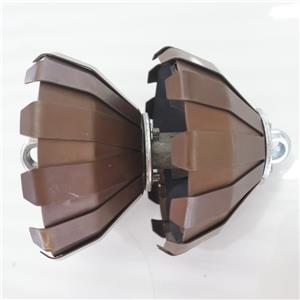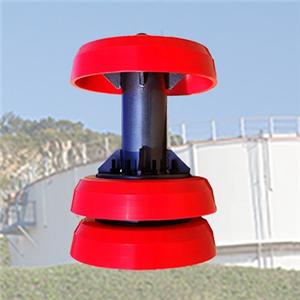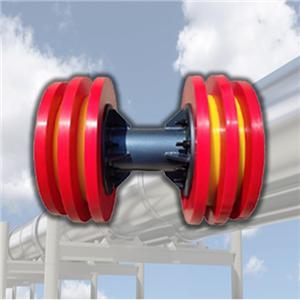How to measure the corrosion rate!
How to measure the corrosion rate
At present, there are many methods for determining the corrosion rate, such as gravimetric method, volume method, polarization curve method (polarization resistance method) and so on. Gravimetric method is a classic method, which is suitable for laboratory and field coupons. It is one of the most reliable methods for determining the corrosion rate of metals. It can be used to detect the corrosion resistance of materials, select corrosive agents, and check the anti-corrosion effect when changing process conditions.
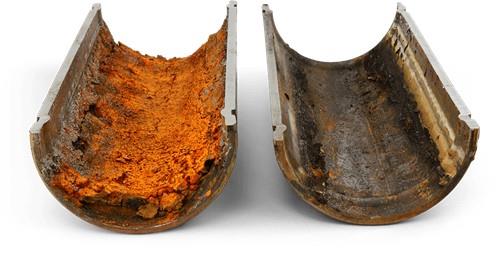
The gravimetric method measures the corrosion rate of metals according to the change in the mass of the specimen before and after corrosion, and is divided into two types: the weight loss method and the weight gain method. When the corrosion products on the metal surface are easy to remove and do not damage the metal body, the weight loss method is commonly used; when the corrosion products are completely and firmly attached to the surface of the specimen, the weight gain method is used.
The method of measuring the corrosion rate of metals in industrial production is to make small test pieces of metal materials, put them in a corrosive environment (such as chemical equipment, atmosphere, seawater, soil or experimental medium), and after a certain period of time, take them out and measure them. Changes in mass and size, and calculate the corrosion rate. Generally in the experiment, the metal is made into a test piece of a certain shape and size. After surface pretreatment, it is placed in a corrosive medium, taken out after a period of time, and the change in its quality and size is measured, and then its corrosion rate is calculated. But in the oil and gas industry, corrosion coupons are often used, we also call it the weight loss method.
Corrosion coupon is widely used as an important method to detect and monitor the corrosion of specific materials or media. The authenticity of its data will directly affect the relevant research results and the applicability of anti-corrosion measures, such as corrosion inhibition research and evaluation. As an important part of this method, the quality of corrosion coupon will have an important impact on the data.
The corrosion coupon is hung in the test vessel, on-site inspection heat exchanger or test pipeline, and is a standard metal test piece for corrosion measurement. It is used to detect or evaluate the corrosion condition of cooling water or other systems. Generally, the pre processed and weighed metal test pieces are placed in the test system for a period of time (such as 30-90 days), and the same group of test pieces can be taken out at different times, such as 30 days, 60 days, 90 days, etc. During long-term observation, put 12 or 24 test pieces at a time, take out 1 or 2 pieces every month, wash and weigh them, determine the weight loss degree of metal corrosion, the type of corrosion and corrosion depth, measure the corrosion rate respectively, and then the corrosion rate time curve is drawn.
In oilfield production and construction, the corrosion monitoring of pipelines is extremely important. In addition to the most commonly used corrosion monitoring methods, corrosion coupons, there are Corrosion probe, Linear Polarization Resistance (LPR), hydrogen probe, Inductive Impedance method and FSM full circumferential corrosion monitoring, etc.The purpose of corrosion monitoring is to master the corrosion process and understand the application and effect of corrosion control. Through corrosion monitoring, relevant information such as the correlation between the corrosion process and operating parameters can be obtained, the corrosion status and anti-corrosion measures can be evaluated, and the system can be identified. Corrosion factors, improve the corrosion control plan, and play a preventive role. The development direction of oilfield corrosion monitoring technology is that the advantages of various corrosion monitoring technologies complement each other and jointly promote the rapid development of corrosion protection research.

